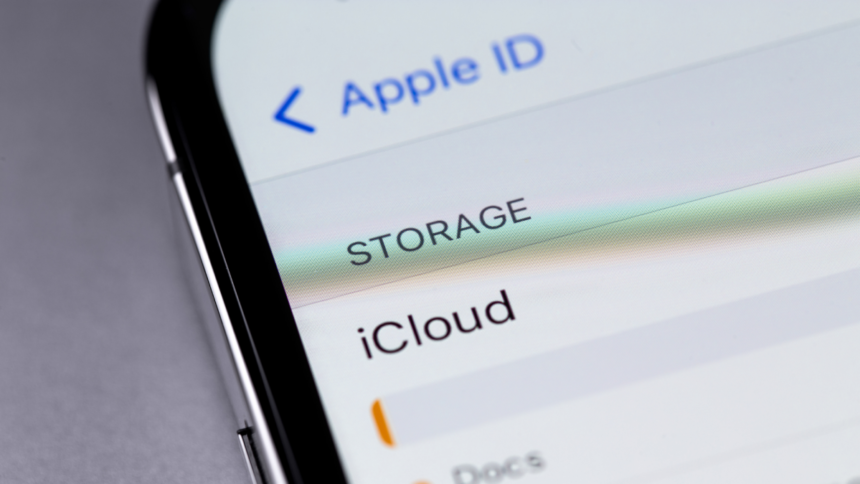Beware of Cloud Storage Scams: What You Need to Know
Receiving an alarming notification about your cloud storage nearing its limit—potentially threatening the loss of valuable photos or important documents—might indicate a scam attempt. The Federal Trade Commission (FTC) is warning the public about a phishing operation involving deceptive emails and text messages. These messages falsely claim that your storage with platforms such as Apple, Google, or Microsoft is emptying. The main objective of these fraudsters is to lure you into clicking a link that ostensibly aids in clearing or upgrading your storage, prompting you to unintentionally reveal sensitive personal information (like usernames and passwords) or download harmful software onto your device.
Understanding the Cloud Storage Scam
As detailed by MalwareTips, these scam emails often utilize urgent subject lines such as “Your iCloud account is at risk” in an effort to trigger immediate emotional reactions, compelling users to act impulsively. These messages may originate from addresses that seem legitimate but contain slight deviations (for instance, [at]applesecurity[dot]com instead of [at]apple[dot]com) and commonly feature official branding elements. The content might present a limited-time offer to upgrade storage, fostering a sense of urgency alongside a prominent “Upgrade Storage Now” call to action.
Any communication that evokes a strong emotional response, prompting you to act quickly, is likely a scam—even if it appears to originate from a trustworthy source. As previously noted, fraudsters can exploit existing vulnerabilities to impersonate reputable entities like Google.
While legitimate alerts about cloud storage can appear as banners when logged into services (such as Gmail), it’s advisable to verify any notifications about storage limits directly by accessing your account. Avoid clicking any links in unsolicited messages.
Monitoring Your Cloud Storage
Google users can access and manage their cloud storage via the Google One Storage Manager (login required). This interface provides an overview of utilized and available space, along with a breakdown of Google services consuming your storage, plus suggestions for freeing up space.
If multiple Google accounts are in use, each has its own storage limit, which can be toggled by clicking your profile picture in the top right corner. Personal Google accounts typically include 15 GB of complimentary storage, with options for paid expansions. Reaching capacity restricts the ability to create or upload files to Drive, send or receive emails in Gmail, or back up images and videos in Google Photos.
For iCloud users, the remaining storage can be checked by navigating to Settings > [your name] > iCloud on an iPhone or iPad, or by going to Apple menu > System Settings > [your name] > iCloud > Manage on a Mac. On Windows devices, access iCloud for Windows and review the storage indicator. Users must be logged into their Apple accounts to see this information. iCloud accounts start with 5 GB of free storage, and once this limit is reached without opting for additional space, users will stop receiving backups, uploads to iCloud Photos and iCloud Drive, and updates to iCloud apps. Sending and receiving emails through iCloud addresses will also be halted.
Lastly, Microsoft 365 provides 5 GB of OneDrive cloud storage and 15 GB of mailbox storage. To check your storage, simply log into your Microsoft account on any device and click on the Microsoft storage icon. Upgrading for more storage space is also an available option.












